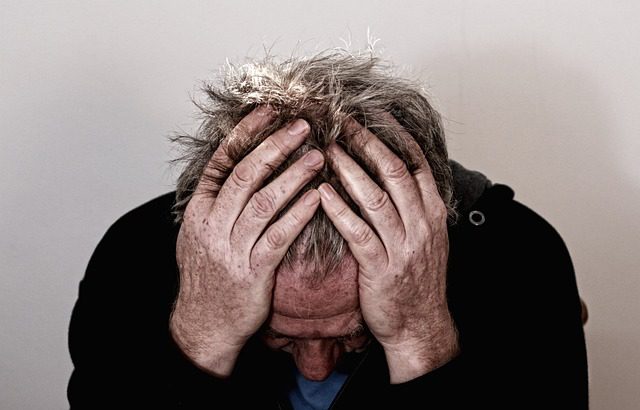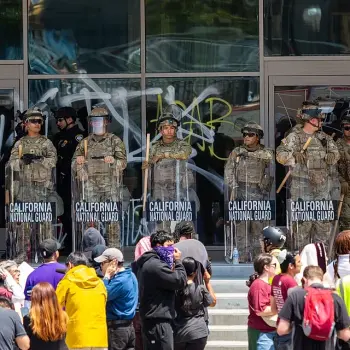Suicides–also known as “deaths of despair”–have long been on the rise. Researchers have found a correlation between suicide and the loss of religion.
Researchers looked specifically at middle-aged white Americans without a college degree, a demographic in which the suicide jump is particularly pronounced. This has been attributed to the opioid epidemic, but the suicide rate has been going up since the 1980s, long before the opioid drugs were widely available. But the number of “deaths of despair,” which includes deaths from alcohol abuse, tracks well with the decline in religious involvement in this demographic.
The research was conducted by Tyler Giles (Wellesley College), Daniel Hungerman (Notre Dame), and Tamar Oostrom (Ohio State), and their working paper is available from the National Bureau of Economic Research. For news stories on the study, see this and this.
The correlation they found was to church attendance, not religious belief, as such. The researchers concluded, “These results underscore the importance of cultural institutions such as religious establishments in promoting well-being.”
An interesting part of the study was a connection they made to the decline of “blue laws“; that is, to laws that require most businesses to close or restrict their operations on Sundays. These used to be universal in the United States, but most of them were dismantled by the 1980s, though traces of them remain in some states. From Steve Goldstein‘s story on the findings:
The researchers looked at the repeal of blue laws in particular. Blue laws limited commerce, typically on Sunday mornings. “These laws have been shown to be strongly related to religious practice, creating discrete changes in incentives to attend religious services that are plausibly unrelated to other drivers of religiosity,” they said.
The repeal of blue laws had a 5- to 10-percentage-point impact on weekly attendance of religious services, and increased the rate of deaths of despair by 2 deaths per 100,000 people, they found — accounting for a “reasonably large share of the initial rise in the deaths of despair.”
If you have to work on Sundays, you can’t go to church. Even if you are off on Sundays, if you can do everything you would normally do on a normal day–shop, be entertained, go to bars, etc.–you would be less likely to go to church. I hadn’t thought of the end of “blue laws” as a factor in the decline of religion, but it makes sense.
It also makes sense that people without faith, or who have lost their faith, would be more prone to despair about their lives, sometimes–though not always–to the point of ending their lives. And yet, to be honest, I’m somewhat skeptical about this particular research.
As we must remember in all studies of this kind, correlation is not causation. Does not going to church lead to despair, or does despair lead to not going to church?
Furthermore, this study looks at the issue from a very great height, superimposing graphs of different kinds of data, rather than drilling down to look at specific human beings and their struggles. And just looking at church attendance data rather than the religious beliefs or lack of beliefs of those who take their lives or drink themselves to death seems to leave out the essential component of what the researchers call “religiosity.”
I suspect that such information, if it could be found, would reinforce the findings of this study, though it would be difficult to quantify, which is one of the requirements of social science research.
I am intrigued, though, with the importance the study places on “blue laws,” so intrigued that I am making them this weekend’s discussion topic in today’s accompanying post.
P.S.: It has become obligatory in discussions of suicide to stress that “help is available” for those who may be contemplating taking their own life or are in another state of crisis. There is now an easy way to get that help, the Suicide and Crisis Lifeline: Just dial, text, or chat 988.
I also recommend talking to a pastor and going to church.
Image by Gerd Altmann from Pixabay














